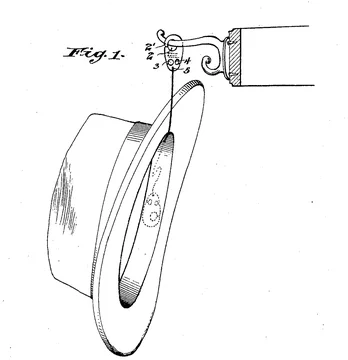
Case narrowing is an issue that eventually comes up in most patent cases—the idea that each party should have to reduce the number of claims and prior art references at points during the case.
How Claim Narrowing Usually Goes in a Patent Action
If parties want to avoid a dispute down the line, they can include case narrowing in the scheduling order. More often, however, it comes up at some point after the plaintiffs makes its initial election of asserted claims, and the parties start to get an understanding of the scope of the case.
Typically the initial narrowing occurs before claim construction, and a second round occurs afterwards, sometimes around the time of final contentions. We've talked about typical pre- and post-Markman limits on the number of asserted claims and references.
The issue often comes up again at the pretrial conference, where the parties make arguments about how many of the claims can feasibly be tried to a jury.
There is a lot of variability in what the judges will permit. The final limit on the number of claims for trial often falls around the 10-15 range, and single-digit limits are not uncommon. Sometimes the judges will set no limit, but will instead tell the patentee just how inadvisable it is to proceed on too many claims.
In one instance, Judge Andrews limited the plaintiff to just 2 patent claims at trial. See Nox Med. Ehf v. Natus Neurology Inc., C.A. No. 15-709-RGA, D.I. 241 (D. Del. Apr. 12, 2018) (Andrews, J.) (oral order).
27 Claims
With that background, it was interesting to see last week that Judge Stark permitted a 27-claim patent jury trial to proceed. The case involves three utility patents and a design patent, and was originally set to start today (it was cancelled shortly after the Court's order).
According to the parties' letters, the 27 asserted claims actually involved just four independent claims plus a single design-patent claim. The remaining claims were all dependent claims. The utility patents shared a common specification.
Plaintiff asserted (and the defendant did not disagree) that defendant had not raised any non-infringement arguments as to any of the 23 dependent claims.
Thus, Judge Stark permitted the plaintiff to proceed to trial on all claims:
[Plaintiff] DJI is not required to further narrow its case at this time. DJI has represented that it intends to offer evidence regarding all 27 currently asserted claims (including many dependent claims) at trial, which is reasonable given the limited number of infringement disputes.
Judge Stark did hint, however, that the plaintiff could potentially be liable for fees if it ultimately dropped the claims anyway prior to trial:
Should DJI drop additional claims before trial, Autel is free to seek reimbursement of reasonable fees and costs unnecessarily incurred, should it believe that it can show that such relief is warranted.
If you enjoyed this post, consider subscribing to receive free e-mail updates about new posts.




